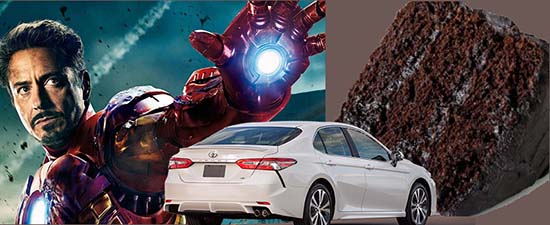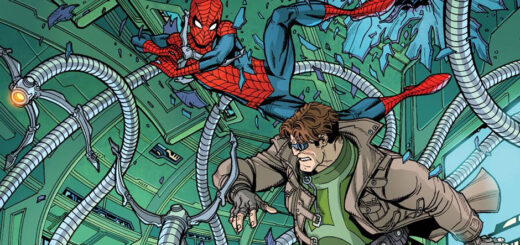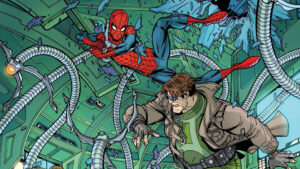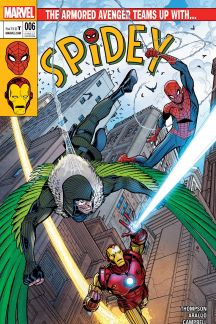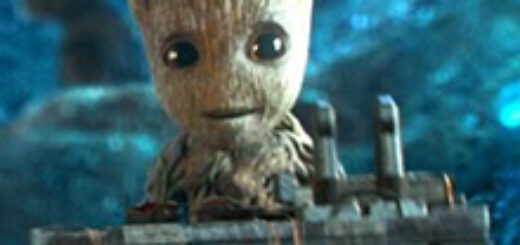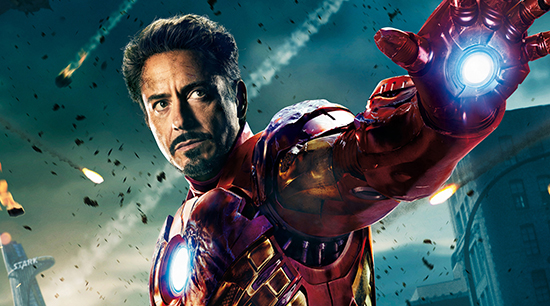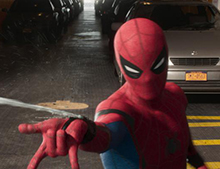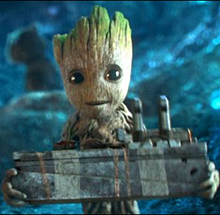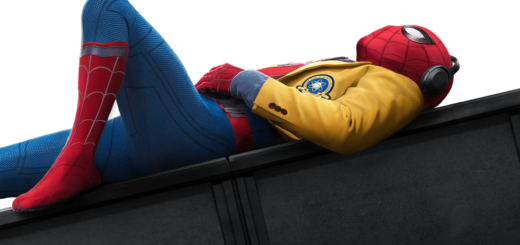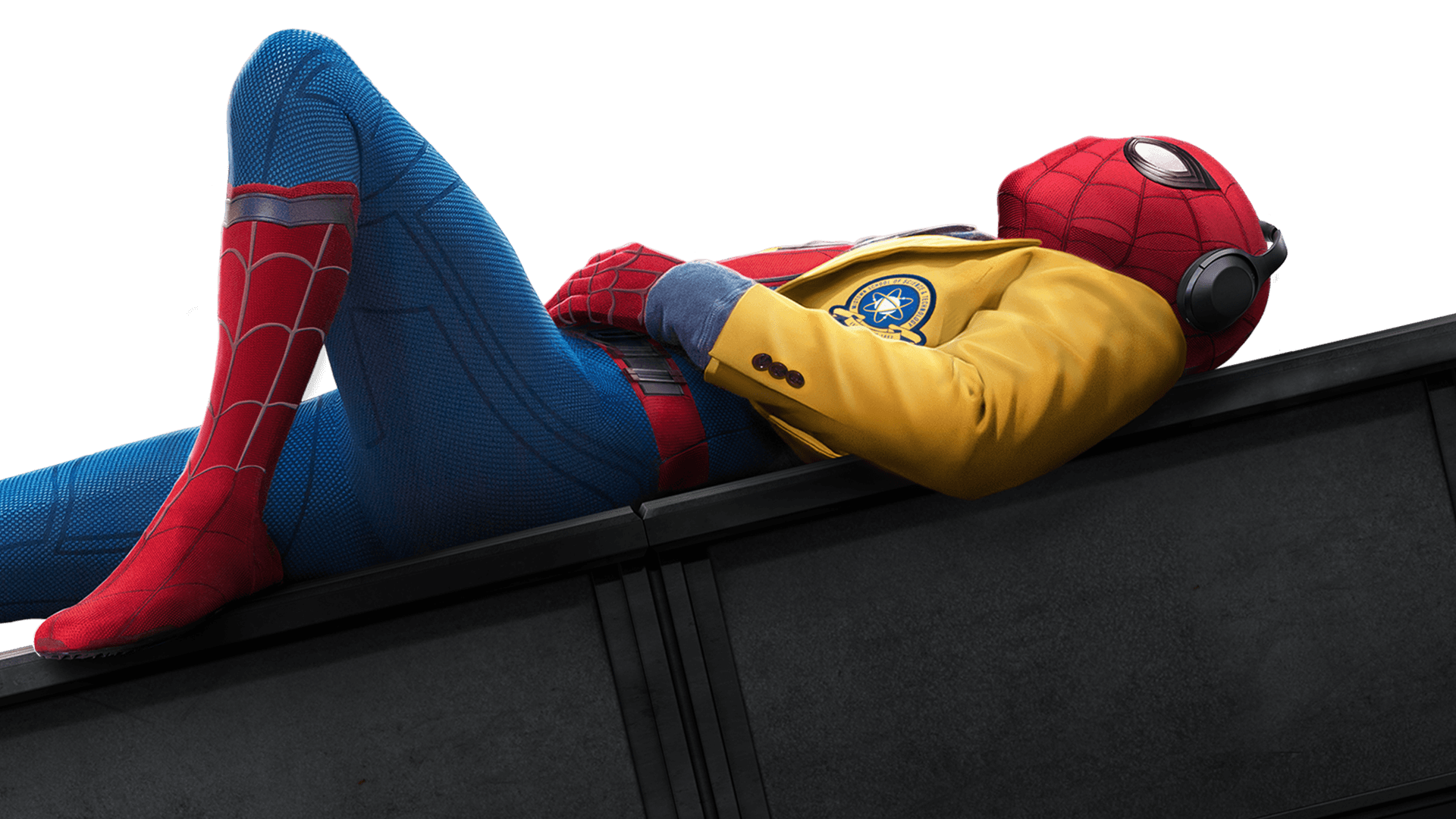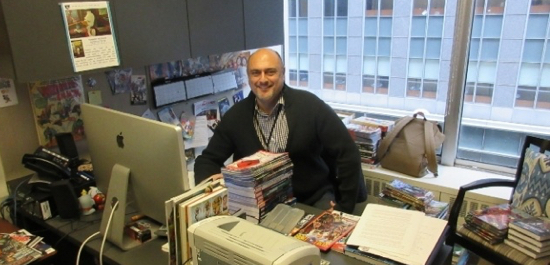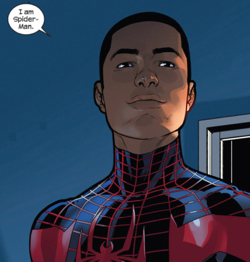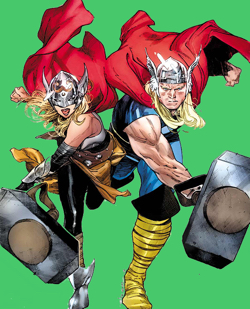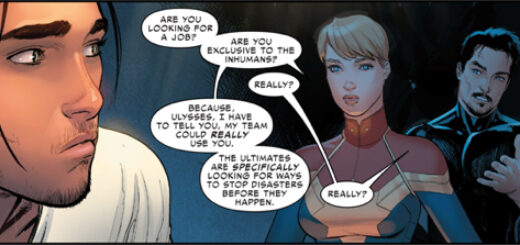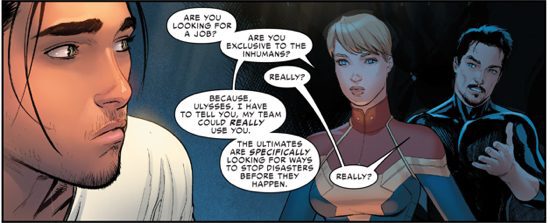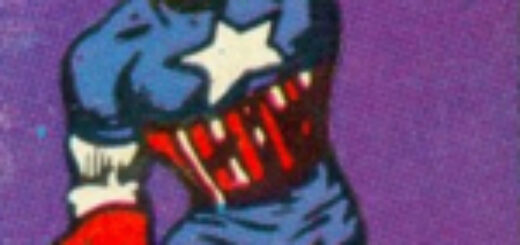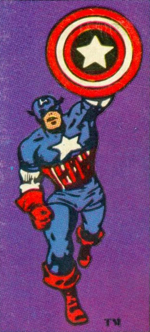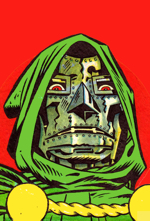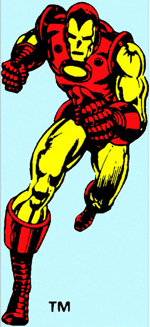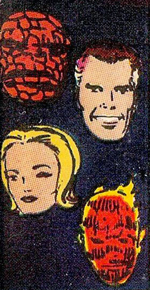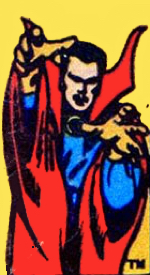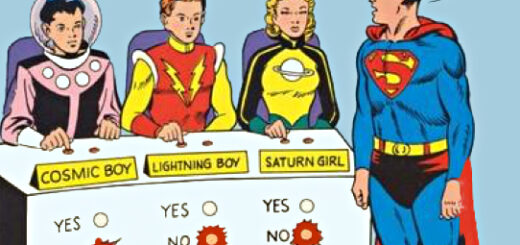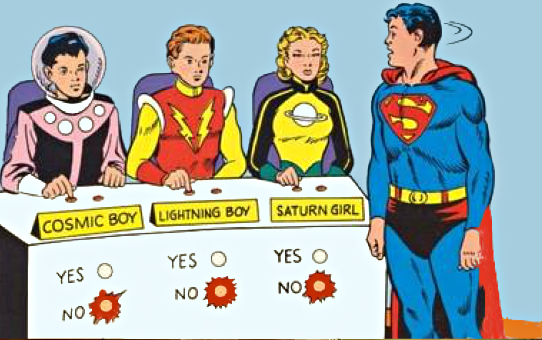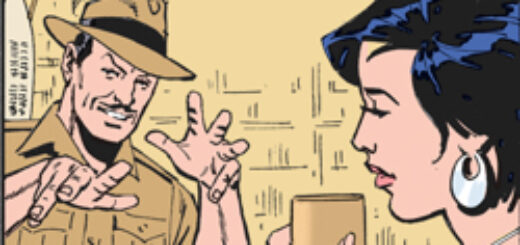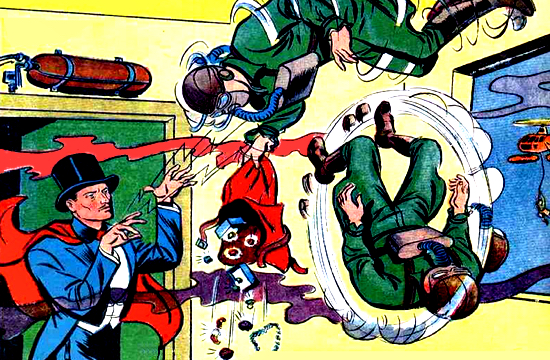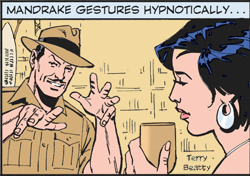Martha Thomases: What’s In It For Me?
So, a lot of us here enjoy discussions of diversity in comics (and, no, I don’t mean this schmuck). It’s an interesting subject to consider in light of popular culture, contemporary politics, and the meaning of life.
It is also interesting in terms of marketing.
When we talk about comics marketing, especially in terms of diversity, I think we often miss the point. This may be because, in my experience, comics marketing tends to involve advertising in comic books and sending posters to comic book shops. These methods are terrific for attracting the attention of people who already read comics, but they are less effective for reaching people who don’t.
Sometimes, if a graphic novel is scheduled to be published, and is either written by a well-known writer or published by a mainstream book publisher or the source material for a critically acclaimed movie, you might see an ad in the book section of a newspaper or magazine. In general, however, it is too expensive to advertise individual monthly comic books on a national level.
But what if we could? To whom should we target the ads?
When I was in college, I did an internship with the research department of a major Chicago advertising agency. We analyzed data from thousands of questionnaires distributed at shopping malls all around the country (shopping malls were still a thing in 1976). New questionnaires were always coming in, because we wanted our analyses to be as up-to-date as possible. One of our clients was General Mills, so the questionnaires included a lot of questions about cake mix and instant mashed potatoes and the like. I learned from this experience that, if you want to reach a shopper who might buy cake mix occasionally, you emphasized the characteristics most appealing to people who baked more than four cakes a month.
(I will now pause and wonder what my life would have been like if I had been raised in a house that smelled like cake four times month).
By that logic, comics marketing is right on track. By promoting the characters, the colorful battle scenes, and sometimes the creative team, the ads appeal to those people who already are familiar with these elements of the story, and are familiar with those kinds of storytelling.
For better or worse, that’s not how marketing works anymore. My internship took place more than 40 years ago. The corporate pressures today are much different, and stockholders aren’t satisfied to simply reach the same customers they’ve always had. Instead, there needs to be more more more!
Toyota, with its Camry model, is a good example. Read the link, because it’s really interesting.
Now, I’m not an expert on Camrys, Toyotas, or automobiles in general. My regular car is the E train. I am not the audience for these ads. Therefore, I can look at the story with a certain level of detachment.
What I notice is that Toyota wants to reach not only the broadest audience (the white/multicultural pop music one) but also as many specific audiences as they can. As a result, they make a general commercial, but then also make commercials aimed at African-American, Hispanic and Asian-American markets. Each of those ads, for the same car, emphasizes traits that are determined to be most attractive to the targets.
(I am not in a position to comment on whether their assumptions about what is appealing are correct. I’m interested in the effort.)
Toyota doesn’t say to Hispanic car-buyers that the Camry is good because it has been selling for decades. Instead, they talk about why Hispanic car-buyers would like it.
Similarly, it isn’t enough for Marvel to say that Iron Man (as an arbitrary example, not to pick on it specifically) is a good comic for you because Marvel has been publishing it forever, or because Robert Downey, Jr. is really cute (although he is). Marvel needs to tell me what’s in it for me if I buy it. Is it a commentary on capitalism, or human nature, or the meaning of life? Is it funny, or scary, or emotionally moving in another way?
What’s in it for me?
And just as Toyota doesn’t only make Camrys, but has lots of different models for people with different driving needs and preferences, comics should (and does!) have lots of different kinds of books for people with different tastes in reading.
If you’re a straight cis white guy who loves comics, that’s great. Most of the titles in your local comic book shop are intended for you. You are still the largest demographic segment in this market. However, in order for the business to grow (and for profits to rise), publishers need to explore books that will appeal to new markets. Some of these experiments will fail because that’s what happens when humans try new things. But some of these experiments will succeed, and then there are more books for everybody.
We will not attract new readers to our books if we demand that they all fit in the same box.
Not even if that box is chocolate cake.


